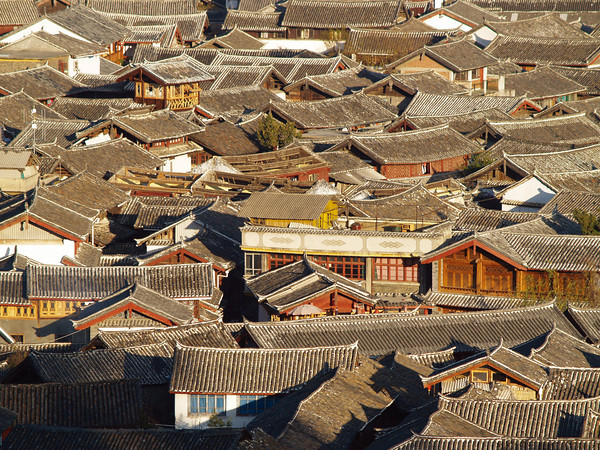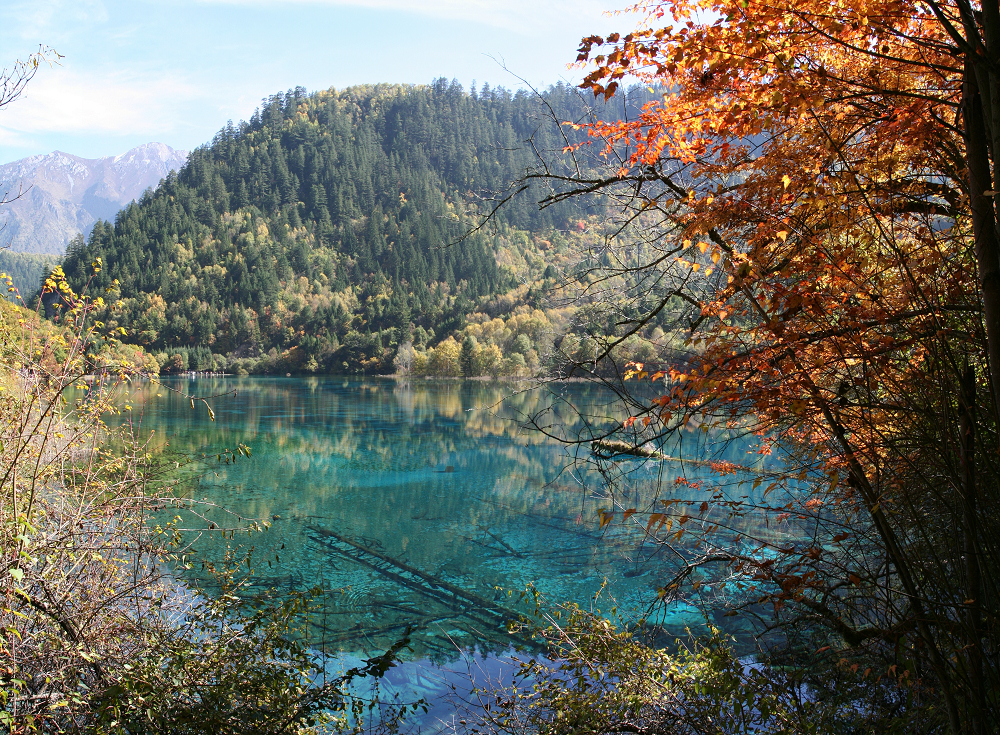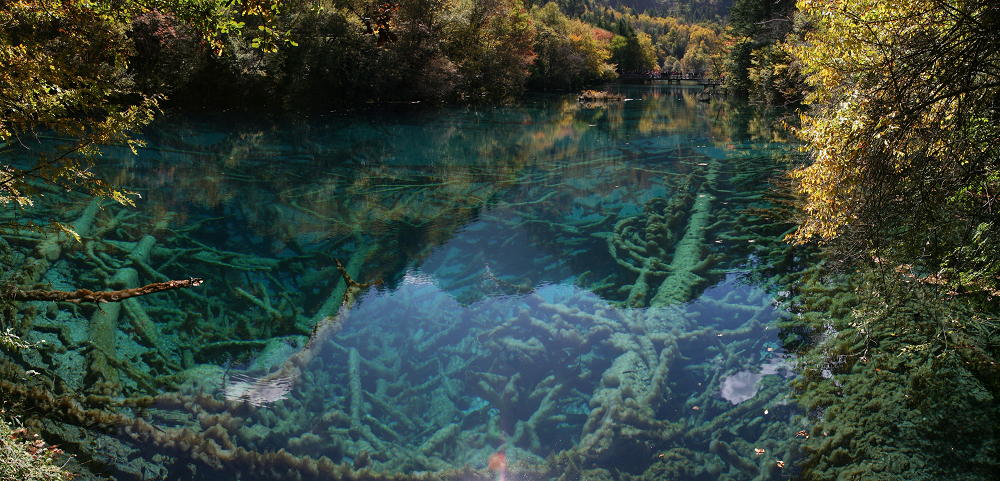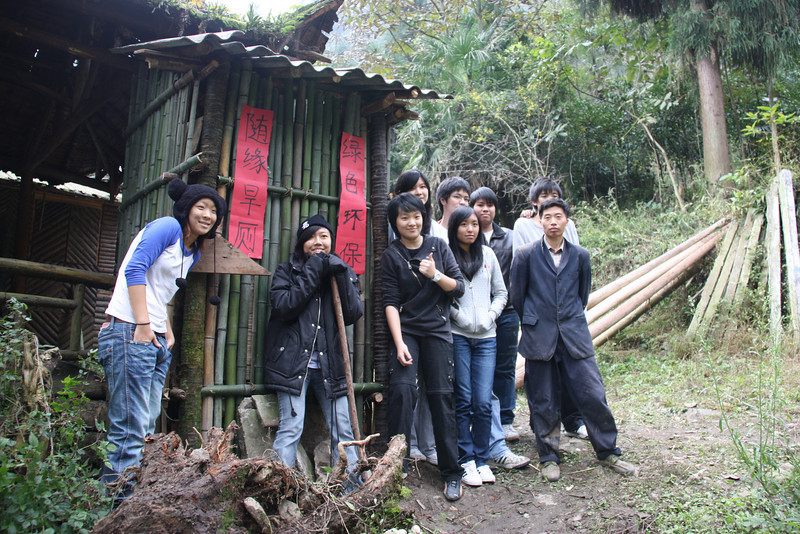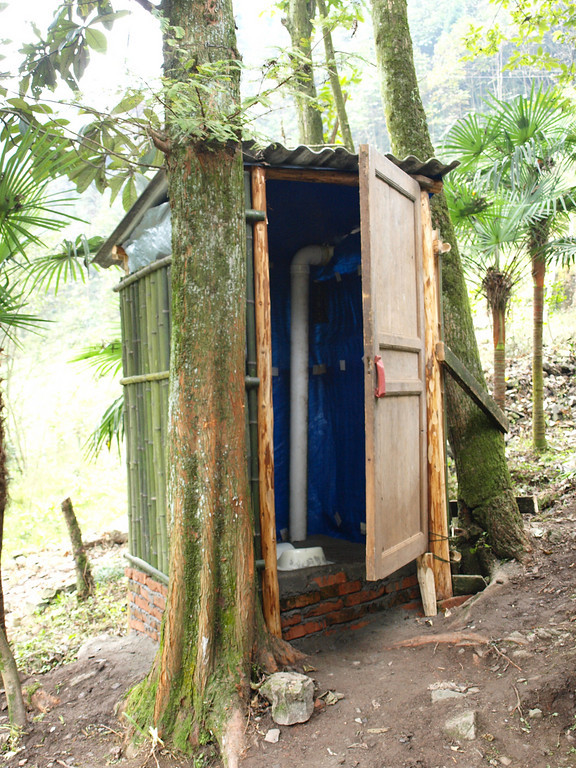At 1 am Beijing time this past Saturday, I received this email below from my colleague, Sunshine. I am used to his quick email responses to my last detailed request for a flight or a trip proposal at those ungodly hours. This is one of the hardest working individuals in AsiaTravel’s Beijing office, and I often have to prod him to go to bed.
I have never seen him this emotional.
His email reads,
Last evening, we went to visit Yubeng Primary School in the upper Yubeng village, and sat down for a chat with the only teacher there, a Han Chinese girl from Hebei, who settled in Yubeng four years ago, now looks and acts like a local Tibetan, even her temperament.
It gradually got dark, and so enjoyable just staring at the flaming stove, drinking the ginger tea. Imagine the life of a girl who volunteers to teach in a remote Tibetan village, something I know I will never do in my life, then me, busy with work and life every day, like a clockwork rabbit, never stop, I have to say I got somehow touched, life can be so amazing and unique, here and this moment, really want to do something to help, no big promise, but something practical.
So I readily promised when she mentioned she would like to have some books about stones and plants, then she can tell the kids what the plant or stone is when they see it. I will buy the related books when get back to Beijing, welcome to join in. And if AsiaTravel wants, can also have a AsiaTravel library there, she refused TNC’s request of putting up the TNC exhibition there, but I guess she will be happy to offer one room for the library.
From Sunshine
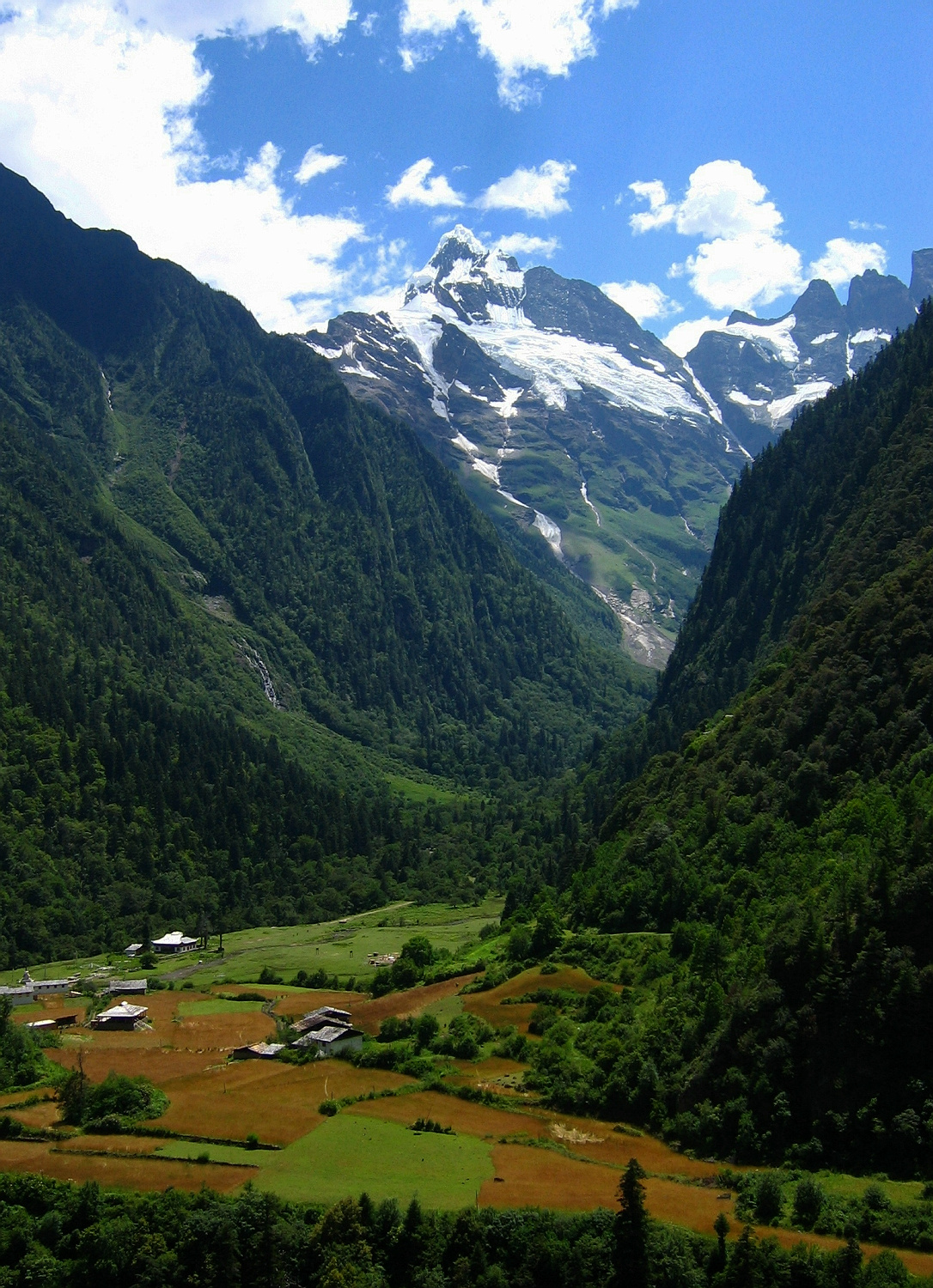
Reading his email, I could practically see the flames and smell the wood burning. Yubeng is a magical paradise, hidden in the valley of Mt. Kawagebo in Northwest Yunnan (太子雪山). That’s where I took Ed Norton and Ann McBride of the Nature Conservancy to visit in 1999. On a beautiful October day, on those trails, we discussed the possible name for this business I planned to start. Wild World? No. Wild Asia? No. AsiaTravel? Yes. I wanted to build a AsiaTravel that is dedicated to showcasing the wilder parts of China in a sustainable way.
It’s now been 10 years; I am glad AsiaTravel’s staff still finds magic in that valley. It’s time AsiaTravel does something new to give back to the local villagers. A few books and a library is the least we can do.
———-
Stay tuned on the Wild Library progress, and in the meantime, look at our complete hiking trip to Yubeng Valley.


